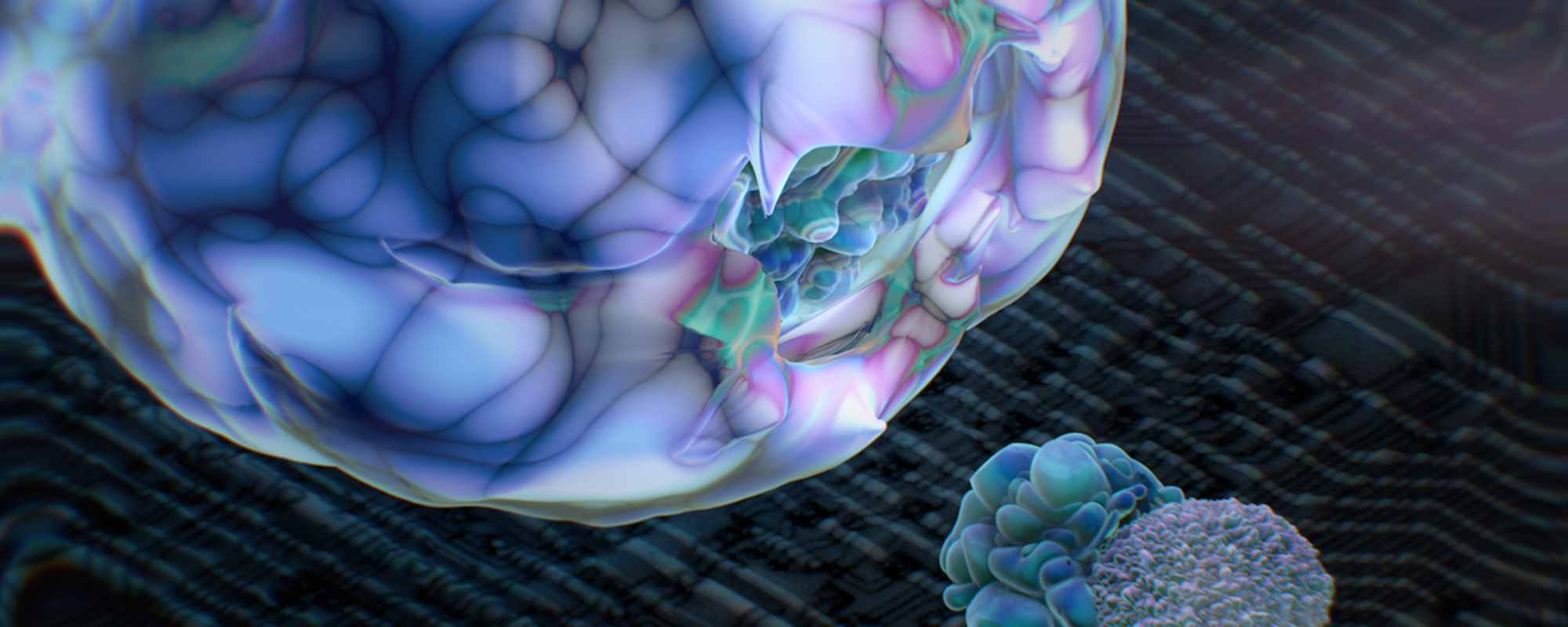
University of Derby, College of Arts | 26 February 2016, 10am – 5:30pm
In partnership with QUAD and the University of Derby, Animate Projects presents a symposium at the University of Derby to accompany the exhibition of Silent Signal at QUAD in February 2016.
Taking Silent Signal as a departure point for a broader look at collaboration at the intersection of art, science and technology, the day will feature presentations from the Silent Signal collaborators, and panel discussions with those from the fields of both art and science.
The symposium will be followed by a drinks reception at QUAD and an opportunity to explore the exhibition.
KEYNOTE ADDRESS: WHERE ARE WE NOW? ART, SCIENCE AND INTERDISCIPLINARY PRACTICE
Hannah Redler considers Silent Signal apropos the art and science collaborative landscape from the mid-1990s to the present day, and considers the questions that new interdisciplinary projects pose in relation to art, science and the publics understanding of each discipline.
SPEAKERS
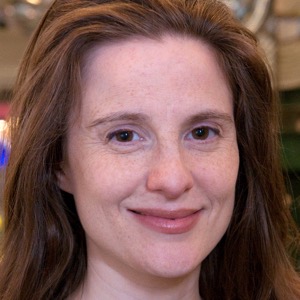
Hannah Redler
CuratorHannah works with international artists, technologists, scientists and photographers on interdisciplinary projects for galleries, museums, digital public space and the built environment.
She is currently the Open Data Institute Associate Curator in Residence which she combines with teaching and independent projects, including in 2015 co-curating Tate's 'Light and Dark Matters' events series with Institute of Physics and Tate Programming teams and contributing as a guest curator to The Lowry's 'Right Here Right Now' digital art exhibition.
From 2005-2014 Hannah was Head of Science Museum Arts Programme commissioning and curating artists interventions, exhibitions, events and research projects against a variety of scientific themes.
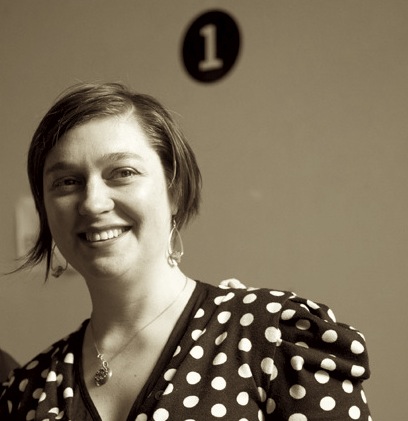
Dr Sarah Cook
Curator/Reader and Dundee Fellow at Duncan of Jordanstone College of Art & Design, University of DundeeSarah Cook is a curator and writer and co-founder of CRUMB, the online resource for curators of new media art. She is co-author (with Beryl Graham) of the book Rethinking Curating: Art After New Media(MIT Press, 2010) and co-editor (with Sara Diamond) of Euphoria & Dystopia: The Banff New Media Institute Dialogues (Banff Centre Press, 2011).
Sarah has curated and co-curated international exhibitions of contemporary art and new media art including: Broadcast Yourself (2008) for AV Festival 08, Newcastle; Mirror Neurons(2012) for National Glass Centre, Sunderland; and Biomediations (2013) for Transitio_MX_05, Mexico City.
She is currently Dundee Fellow at Duncan of Jordanstone College of Art & Design where she curates the programme for LifeSpace Science Art Research Gallery and works as an associate curator with New Media Scotland and with NEoN Digital Arts.
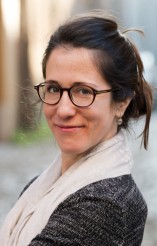
Dr Silvia Camporesi
Programme Director, MA in Bioethics & Society, King's College LondonSilvia Camporesi is bioethicist with a background in biotechnology and philosophy of medicine. She is based at the Department of Social Science, Health & Medicine at King's College London where she directs the Master's programme in Bioethics & Society. Silvia works on the ethics and policy surrounding the application of genetic technologies to selective reproduction and to enhancement in elite sport.
Her first book, ``From Bench to bedside to track & Field: the context of enhancement and its ethical relevance``, was published for University of California Medical Humanities Press in 2014. Silvia was formerly at the Centre for Humanities & Health at King's College London and at the Department Anthropology, History and Social Medicine at University of California, San Francisco.
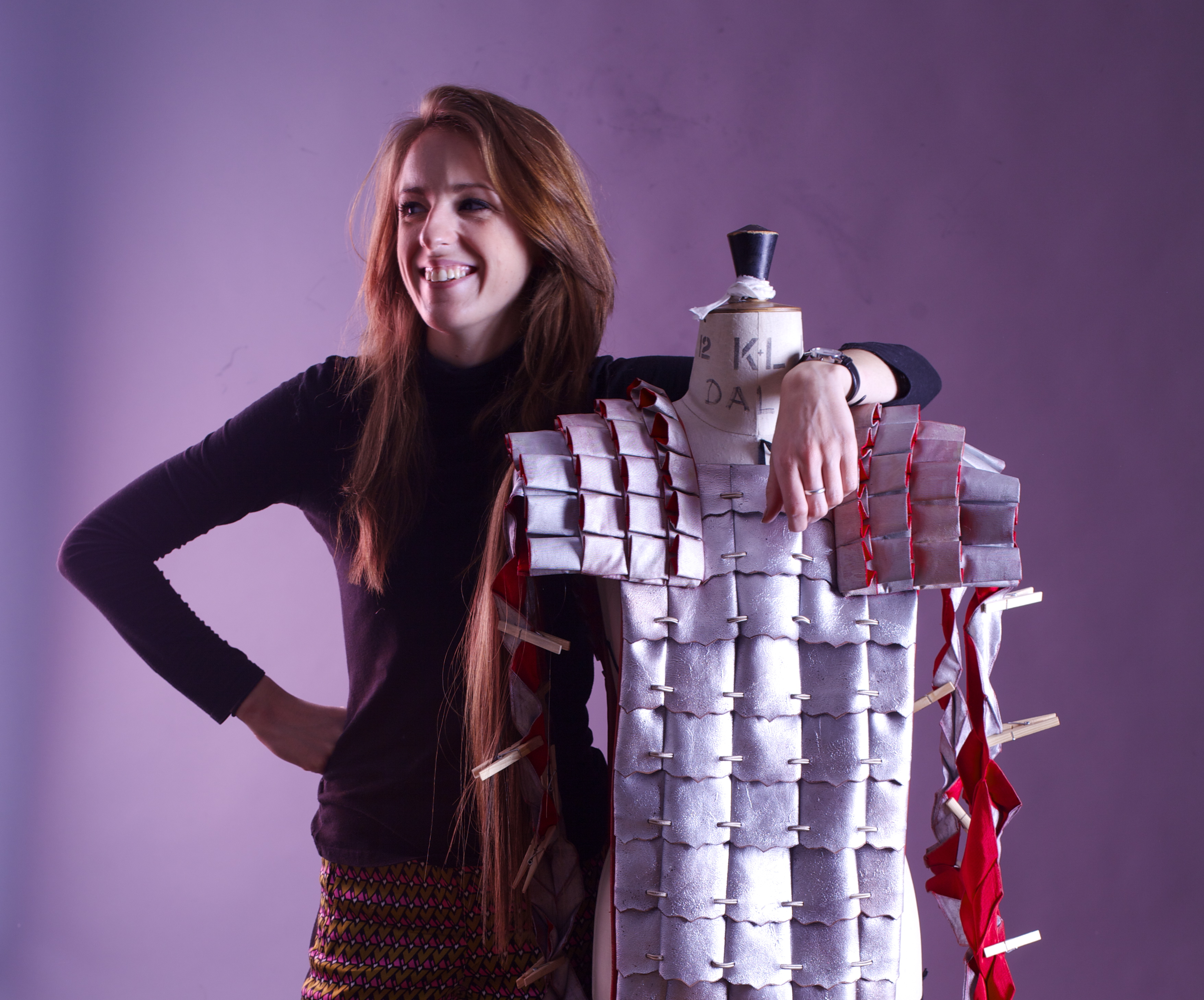
Katie-May Boyd
CostumierKatie-May Boyd is a Costumier with a first class honours in Costume for Performance from the London College of Fashion. During her final year of this course she worked on the Parasite Project with the scientists from the Wellcome Trust Centre for Parasitology at the University of Glasgow.
Katie-May’s passions lie in the unusual ways that costumes, textiles and the body can ignite peoples interest and understanding of complex ideas in and around the biological sciences.
Her past work has included dance costumes at The Royal Ballet School, tech-fashion hybrids at Studio OX and costume-prop creations for the London 2012 Olympic Ceremonies. Currently she produces costumes for Madame Tussauds. She hopes to undertake a Masters in Art and Science at Central Saint Martins in the next academic year.

Daksha Patel
Artist/Researcher, Northumbria UniversityDaksha is an AHRC funded practice-led researcher at Northumbria University. Her practice is concerned with digital systems that are used to scan and map the human body, and she is particularly interested in medical visualisations. The process of drawing is central to her practice. She draws with materials that are unstable and fugitive such as oil, animal fat, latex and clay, as well as more traditional materials such as graphite on paper.
Her work is exhibited nationally and internationally, and she regularly undertakes residencies in scientific institutions. Recent exhibitions include the Museum of Science and Industry, Manchester; John Rylands, Manchester; Touchstones, Rochdale; Imperial War Museum North, Salford; and the National Taiwan University of Arts, Taipei.
Daksha is a visiting artist/lecturer at UCA (University for the Creative Arts) and MMU (Manchester Metropolitan University).
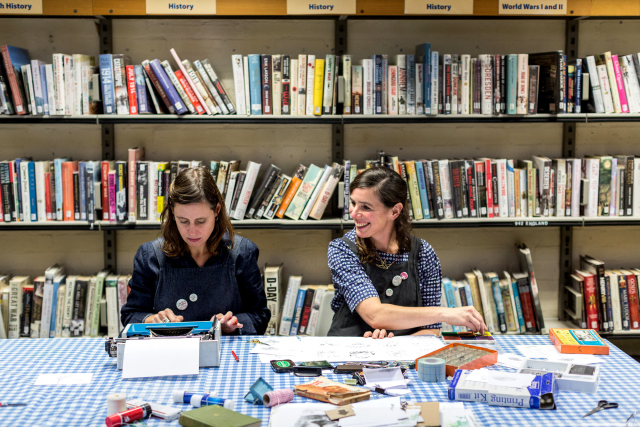
Tracy & Hobbs
ArtistsTracy & Hobbs work in the areas of lit sculpture and animation respectively. They have worked collaboratively on site-specific animated installations and community projects since 2009. The artists’ main point of collaboration has been to share the tools and methods of their practice through workshops and events to create spectacle, and to engage the public in the stories or nature of a specific site.
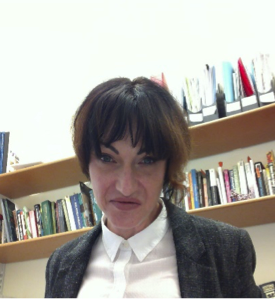
Dr Gill Haddow
Wellcome Trust Senior Research Fellow: Society and Ethics, University of EdinburghGill is a sociologist based at the University of Edinburgh in Science, Technology and Innovation Studies. Maggie’s Story comes from a project currently funded by the Wellcome Trust, Society and Ethics University Award focussed on ‘Animal, Mechanical and Me: The Search for Replaceable Hearts’. This research seeks to uncover what it feels like for people to live with augmentations from non-human animals and machines that are placed inside their bodies. Not only does it consider whether or not a person still feels any differently, but also whether it is preferable to have a non-human animal or machine used (or even say, a less than ideal human donor).
This research is a culmination of a long interest in new medical technologies that seek to repair, replace or regenerate parts of the human body. From an early interest in organ donation and transplantation, through to DNA databases, and later research on xenotransplantation and biofabrication Gill has sought to understand the spaces between and in the human being.
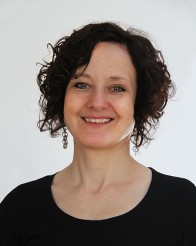
Dr Alexa Wright
Artist/Reader in Contemporary Art and Visual Culture, University of WestminsterAlexa Wright is an artist based in London and is Reader in Art and Visual Culture at the University of Westminster. She works with photography, video, sound and objects. She is fascinated by narrative, and is currently interested in fragmenting and recontextualising personal narratives as these can reveal so much about what it is to be human. Motivated by her own sense of strangeness and displacement, Alexa’s curiosity is channelled into unsettling works that challenge the viewer or listener to move out of their comfort zone. In the making of these works she often takes herself into situations where people are at their limits. These include: US jails, where she interviewed people convicted of murder, the opera, where she photographed singers during and after performance, and, most recently, two day centres for people recovering from acute mental difficulties.
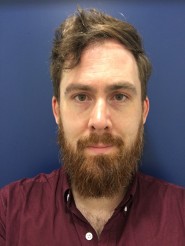
Bentley Crudgington
PhD Candidate, Imperial College LondonBentley is a biomedical scientist currently working in veterinary virology. He began his unhealthy interest in infectious diseases and host/pathogen interactions with an BSc in Marine Biology with a focus of histological investigations of Marine Parasites. He moved on to a MSc in Cellular Pathology focusing on biological signalling in granuloma formation in bTB across different species. He is currently a PhD candidate at Imperial College London where he is researching the use of viral vectors as a metaphylactic intervention strategy in the control of swine disease.
He is also interested in how interdisciplinary collaborations can assist scientists in exploring the ethics of biomedical research, in particular the use of animal models and biological materials. He is Scientific Advisor on the Silent Signal project.
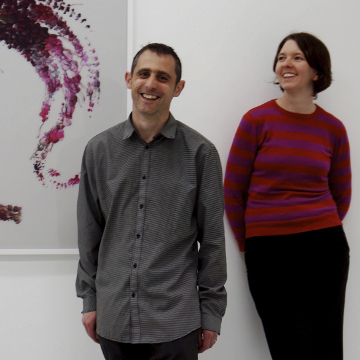
boredom research
Artists/Research Lecturers In Computer Animation at the National Centre for Computer Animation, Bournemouth Universityboredomresearch is a collaboration between British artists Vicky Isley and Paul Smith. Fascinated by the mechanics of the natural world, they use computational technology to simulate natural patterns, behaviours and intricate forms that gradually change over time.
boredomresearch’s work opens channels for meaningful dialogue and engagement between public and scientific domains. Their artwork Real Snail Mail was the world’s first webmail service to use real snails, challenging our cultural obsession with speed and received worldwide attention.
Based at the National Centre for Computer Animation, Bournemouth University, their work benefits from a fine blend of art and science – allowing them to achieve projects underpinned by a deep appreciation of the creative possibilities of technology.
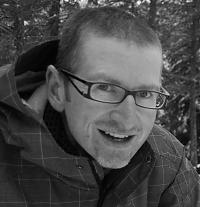
Dr Darren Logan
Group Leader, Wellcome Trust Sanger InstituteDr Darren Logan studied Biochemistry at the University of Bath before undertaking his PhD in the evolution and function of genes that control pigmentation. He moved to The Scripps Research Institute in 2005, where he was awarded a Skaggs Fellowship.
In 2010, he joined the Wellcome Trust Sanger Institute and became an Investigator for the Medical Research Council’s Centre for Obesity and Related Metabolic Disease, leading a team of eight researchers to identify genes involved in sensory perception, cognition, memory and behavioural psychiatric and cognitive disorder by combining genetics, behavioural testing and neural activation studies.
His work involves studying the innate social behaviours of mice. Investigating how they communicate and interact with each other, and with other species, not only enables revelations about how behaviour is encoded in our brains, but also allows us to identify the genes that influence this behaviour and locate those responsible for behavioural malfunctions in humans.

Dr Megan MacLeod
Research Fellow (Immunology), University of GlasgowDr Megan MacLeod graduated from the University of Glasgow in 2001 with first class honours in Immunology and received her PhD from the University of Edinburgh in 2005. Her research took her to Denver, USA where she worked with Philippa Marrack and John Kappler, two of the world’s leading immunologists.
She is currently working at the University of Glasgow, funded by Arthritis Research UK to examine the immune cells that are central regulators in autoimmune disease and rheumatoid arthritis. Her research aims to improve our understanding of how the immune cells, CD4 T cells, regulate immune responses in infection and autoimmunity.
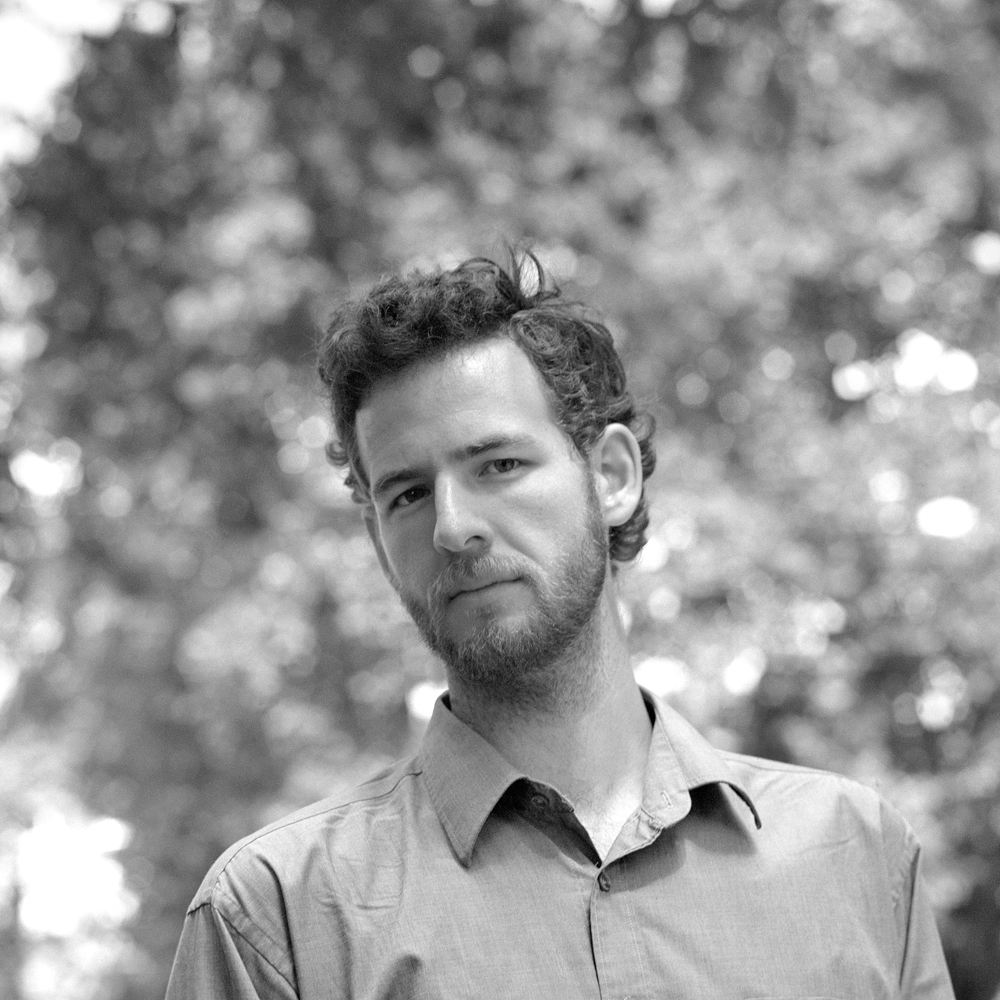
Eric Schockmel
ArtistEric Schockmel is a London-based moving image artist and director from Luxembourg. His work spans a personal practice and commissions, as well as freelancing in the creative industries. He creates expressive artworks for digital and physical environments, including installations, screenings, projections, prints, desktop, mobile and TV screens, exploring themes at the intersection of art, science and technology. In 2015 he began directing an animated documentary about the origins of science fiction.
Eric has an MA in Communication Design from Central Saint Martins, University of the Arts London.
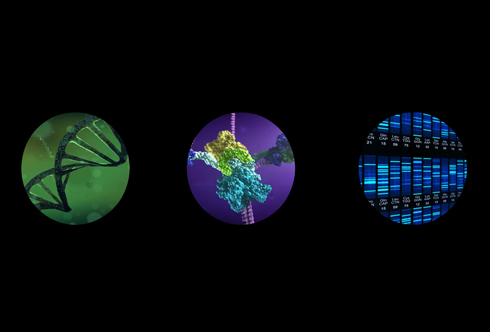
Charlie Tweed
Artist/Lecturer in Digital Media and Culture, Bath Spa UniversityCharlie Tweed is an artist and academic based in Bristol. He is currently a lecturer in Digital Media and Culture at Bath Spa University. He has an MFA in Art Practice from Goldsmiths, London and an MA in Digital Media from Oxford Brookes University. He is currently completing his Arts and Humanities Research Council funded PhD at Kingston University where he is developing a large-scale video installation.
Awards include the Galerie Klatovy Klenova prize at the Start Point European Academy Awards 2008; the ECO 09 prize; and Bloomberg New Contemporaries 2007.
Solo shows include: Notes I, II & III at Spike Island, Bristol, Animate Projects and Alma Enterprises, London; i am algorithm at Aspex, Portsmouth and Exeter Phoenix; residency programme at Grizedale Arts.
TICKETS
FULL PRICE: £50.00 / CONCESSIONARY PRICE: £40.00*
(Inclusive of VAT)
Lunch and refreshments will be provided
Please contact QUAD’s Box Office on 01332 290 606 for discounted group bookings.
* Concessions available for Students, Persons over 60 years of age, Registered Unemployed or Disabled – proof of concessionary status required
SCHEDULE
10:00
10:30
–
10:45
11:15
–
–
12:00
–
–
–
12:45
12:50
13:30
–
–
–
15:00
15:30
–
16:00
–
–
–
16:45
17:30
18:00
Registration, tea and coffee
Welcome by Professor Huw Davies, Dean of College of Arts (University of Derby) and Abigail Addison, Associate Director, Animate Projects
Keynote by curator Hannah Redler
Presentations: Katie-May Boyd – The Parasite Project
Emily Tracy & Elizabeth Hobbs – Water Folk
Daksha Patel (Northumbria University) – Noisy Bodies
Panel discussion: Codes – how artists translate scientific data
Chaired by curator Dr Sarah Cook (University of Dundee)
Speakers: Vicky Isley from boredomresearch (Bournemouth University),Katie-May Boyd, Bentley Crudgington (Imperial College London), and Daksha Patel (Northumbria University)
Introduction to The Shape of My Thoughts by Michael Brown (University of Derby)
Lunch and and opportunity to experience The Shape of My Thoughts installation
Silent Signals: presentations from project collaborators
boredomresearch (Bournemouth University)
Charlie Tweed (Bath Spa University) & Dr Darren Logan (Wellcome Trust Sanger Institute)
Eric Schockmel & Dr Megan MacLeod (University of Glasgow)
Coffee break
Presentations: Dr Gill Haddow (University of Edinburgh) – Maggie’s Story
Alexa Wright (University of Westminster) – Hybrid Bodies
Science futures – exploring the implications of scientific advancement
Chaired by Dr Silvia Camporesi (King’s College London)
Speakers: Dr Gill Haddow (University of Edinburgh), Dr Darren Logan (Wellcome Trust Sanger Institute), Eric Schockmel, and Charlie Tweed (Bath Spa University)
Closing session led by keynote speaker, Hannah Redler
Shuttle bus from the University to QUAD
Drinks reception at QUAD and late opening at the gallery till 8pm
DIRECTIONS
University of Derby, Markeaton Street Campus
Markeaton Street, Derby DE22 3AW
Please report to the Main Reception on arrival.
By train
Trains from London St Pancras take around 1 hour 30 minutes.
There is a special offer from East Midland Trains here.
The campus is then a 10 minutes drive from the station. There is a free shuttle bus (Unibus 6) from Derby station’s forecourt. Timetable here. Or else there is a taxi rank on the station forecourt.
By car
There is unfortunately no parking on site. If you are driving you will need to leave your car at the Markeaton Park Car Park, accessible from the Markeaton Roundabout (A38/A52 junction).
Charges are: Up to 2 hours £1.70 / Up to 4 Hours £3.00 / Over 4 hours £4.00. Blue Badge Holders can park for free.
You can use the free shuttle bus (Unibus 4) that runs every 20 minutes if you park here. Timetable here.
ABSTRACTS
THE PARASITE PROJECT – KATIE MAY BOYD
The Parasite Project is a project that was born out of a desire to combine art and science in a way that would highlight the possibilities and benefits of the cross fertilisation between the two areas. The subject of the project is the relationship between the malaria parasite, and its host the human body.
The medium of the piece is costume and performance, the development of which spans many different sources but concentrated on key information and collaboration with parasitologyists at the University of Glasgow. Two interactive costumes are involved in the performance, which depict two different stages of the life cycle of the disease within human cells. The costumes are made with many different processes, fabrics and techniques that reflect different scientific and conceptual elements of the subject matter. The main outcome of the project is a short film that has been shown at exhibitions and science fairs, alongside the costumes themselves.
Since the project was launched it has been received very positively, and has fulfilled its objectives by alerting viewers to the possibilities of crossing the borders between art and science. The project has been featured on Wellcome Trust’s blog as ‘Image of the Week’ and covered online by STV.
WATER FOLK – TRACY & HOBBS
Tracy & Hobbs will present their project Water Folk. Water Folk was an Arts Council Funded project commissioned by Floating Cinema in 2013. The artists Tracy & Hobbs worked in collaboration with Cambridge University scientist, Professor Malcolm Burrows and sound artist Tim Olden.
Together with a large intergenerational community group, the artists and Malcolm Burrows explored and revealed the movement of Pond Skaters, Water Boatmen and other minute freshwater creatures by recording footage captured at 5000 frames per second alongside drawings, drawn animation and archive footage. By appropriating and sharing the tools and methods used by Professor Burrows for studying the movements of these insects, in conjunction with the tools and methods that they employ for observation and recording life and movement, the artists hoped to draw a new audience into thinking in an expanded way about their local environment.
Water Folk was the artists first collaboration with Malcolm Burrows, since then they have studied the fast movements of moths, fleas and froghoppers. Their collaboration is still a work in progress.
NOISY BODIES – DAKSHA PATEL
My presentation reflects upon a recent residency in medical imaging at the University of Manchester engaging with modalities such as MRI and PET within the context of large research studies. The residency focused upon ‘noise’, which is understood as unintentional, unverifiable or unknown signals generated by the human body or by technologies during the process of data transmission.
I examine the relationship between noise and movement, looking at dynamic imaging of the lungs and MRI processes where the changing spin states of protons are directly implicated in measurement. Practices of indirect measurement are discussed in relation to PET and MRI, and I consider the notion of the ‘randomly determined’ or stochastic systems in relation to medical imaging processes.
These ideas are explored through practice, particularly a drawing performance that involves the use of biosensors worn by the artist and a participant and the projection of live signals in real time. This performance takes place in public spaces. Finally, I reflect upon new drawings made in response to my residency, and question how they can be a catalyst for the viewer to enter into these debates.
MAGGIE’S STORY- DR GILL HADDOW
How does it feel to live life as a cyborg every day? The short film, Maggie’s story, follows Maggie both before, and in recovery from, receiving an Implantable Cardiac Defibrillator (ICD). An ICD placed inside her body stops her heart going into a sudden cardiac arrest.
ICDs are a ‘smart technology’ insofar as they are devices which function autonomously out with an individual’s control. By being autonomous and, I argue, perhaps an example of Haraway’s (1991) C31 (command-control-communication-intelligence) unforeseen consequences arise for the everyday cyborg not least the new muddled embodied status as a machine-human hybrid.
This is a film about altered subjectivities. In the film, Maggie writes out her account of what is going on ‘inside’ her body/herself. Putting into the written word her emotions – the film is therefore a double reveal demonstrating 1) how she felt about events around her and 2) how the visceral space is the feeling place. The term ‘cyborg’ might be the language of the future or fiction, but the reality is that when experiencing embodiment making a person cyborg makes them feel more vulnerable not less.
HYBRID BODIES – DR ALEXA WRIGHT
Hybrid Bodies brings together the work of four internationally exhibiting artists from Canada and the UK. Their different works are united by the compelling subject matter of heart transplant. Since 2007 the four artists (Alexa Wright GB; Ingrid Bachmann CA; Andrew Carnie GB and Catherine Richards CA) have been working as part a larger interdisciplinary team, based at Toronto General Hospital and led by the Canadian Cardiologist, Dr Heather Ross and British philosopher, Dr Margrit Shildrick. The team, which also includes Dr. Susan Abbey, transplant psychiatrist and Psychiatrist-in-Chief, (University Health Network, Toronto), Dr. Patricia McKeever, health researcher (Bloorview Research Institute, Toronto), and Dr. Jennifer Poole, sociologist (Ryerson University) have explored the embodied experience of transplantation in recipients from a number of different perspectives.
The project is highly innovative in that the artistic research has been undertaken not only in response to, but also in parallel with, the scientific research. The artists and scientists have been in dialogue throughout the process, which has also been opened up to heart transplant patients, their friends and families.
I will give a brief overview of the project, focusing on the scientists’ change of attitude as the project progressed.

